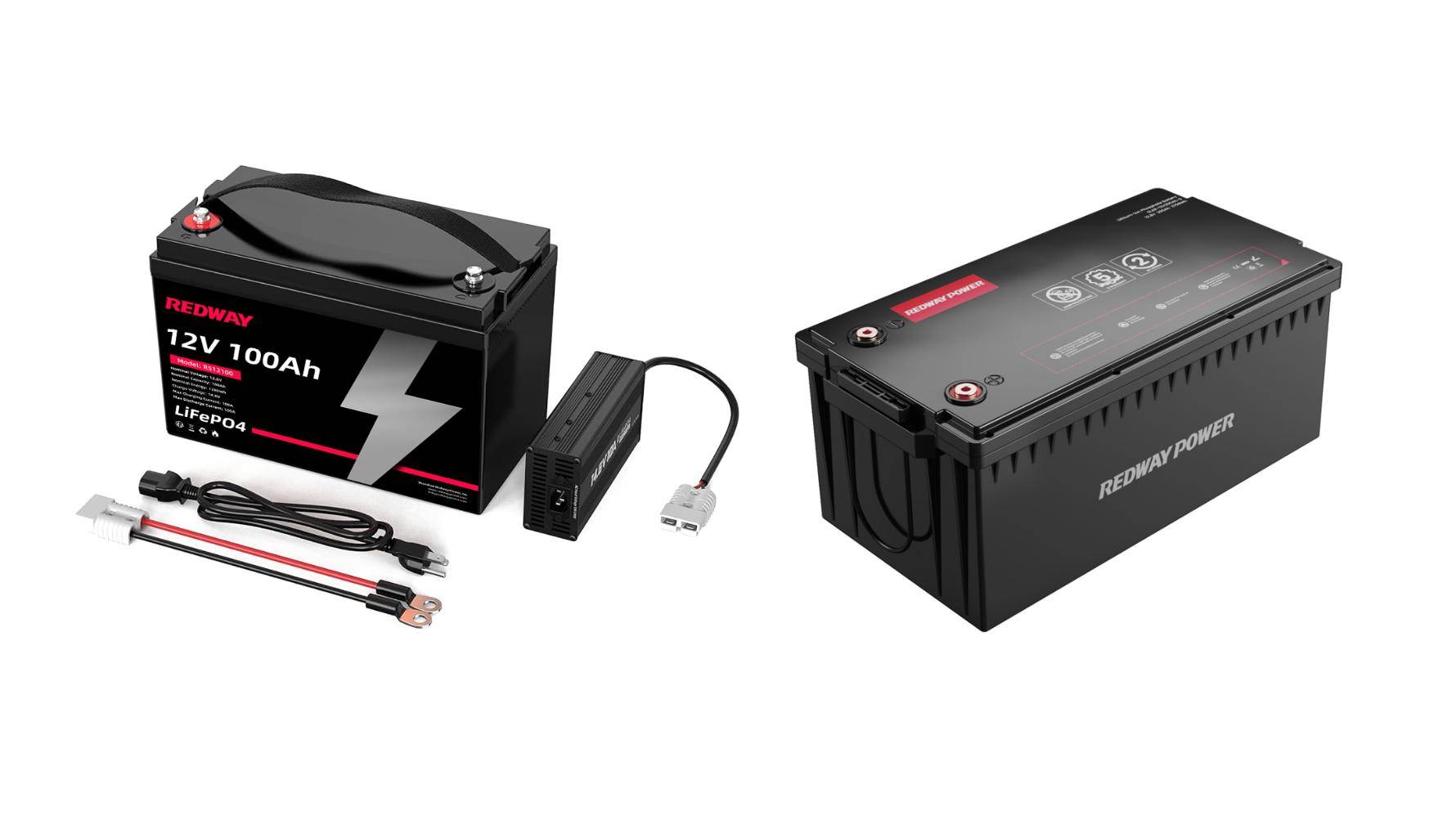
Blog
Why Are BCI Batteries the Top Choice for Green Energy Solutions?

BCI (Battery Council International) batteries are favored in green energy due to their recyclability, low carbon footprint, and compatibility with renewable systems. Their lead-acid chemistry allows 99% recyclability, reducing landfill waste. Advanced designs minimize energy loss, making them ideal for solar/wind storage. Regulatory compliance and cost efficiency further solidify their role in sustainable energy infrastructure.
How Do BCI Batteries Reduce Environmental Impact?
BCI batteries use closed-loop recycling, where 99% of lead and plastic are reused. This process cuts mining demand and slashes CO₂ emissions by 60% compared to new production. Their energy-efficient manufacturing aligns with circular economy principles, reducing toxic waste and conserving resources. Third-party audits ensure adherence to global environmental standards like ISO 14001.
Recent lifecycle assessments reveal that BCI batteries generate 70% fewer carbon emissions over their lifespan compared to lithium-ion alternatives. For instance, a 2023 GreenTech Institute study found that each ton of recycled lead in BCI batteries prevents 1.5 tons of mining waste. Major automakers like Ford now integrate BCI technology into their energy storage systems, leveraging their 98% material recovery rate. The table below highlights key environmental advantages:
| Metric | BCI Batteries | Industry Average |
|---|---|---|
| Recycled Content | 99% | 48% |
| CO₂ per kWh (kg) | 12 | 34 |
| Water Usage (L/kWh) | 8 | 22 |
What Makes BCI Batteries Compatible with Renewable Energy Systems?
BCI batteries provide stable voltage output and deep-cycle capabilities, critical for intermittent solar/wind energy storage. Their low self-discharge rate (2-3% monthly) ensures reliability during low-generation periods. Modular designs enable scalable storage solutions, while adaptive charge controllers prevent overloading. Compatibility with inverters and smart grids enhances integration into hybrid energy systems.
Know more:
What Is a BCI Battery? Understanding Standards and Applications
How Do BCI Batteries Differ Technically from Other Battery Types?
How Did BCI Batteries Evolve From Early Designs to Modern Applications
How to Choose the Right BCI Battery for Your Vehicle?
What Is the Core Technology Behind BCI Batteries?
Why Are BCI Batteries the Top Choice for Green Energy Solutions?
Which Recycling Processes Enhance BCI Battery Sustainability?
Post-consumer BCI batteries undergo smelting to extract lead, which is purified and reused. Polypropylene casings are shredded into pellets for new batteries. Electrolyte sulfuric acid is neutralized into water or converted into sodium sulfate for fertilizers. Certified recyclers like Exide Technologies achieve near-zero waste, complying with EPA and Basel Convention guidelines.
How Do BCI Batteries Compare to Lithium-Ion in Green Applications?
While lithium-ion offers higher energy density, BCI batteries excel in recyclability (99% vs. 5% for lithium) and lower upfront costs. Lead-acid variants operate efficiently in extreme temperatures (-40°C to 60°C), unlike lithium’s sensitivity. BCI’s lower fire risk and established recycling networks make them safer and more sustainable for large-scale renewable projects.
What Innovations Are Improving BCI Battery Eco-Friendliness?
Carbon-negative additives in lead plates now offset manufacturing emissions. Silicon-enhanced electrolytes boost efficiency by 15%, reducing charge cycles. Start-stop technology in advanced BCI batteries cuts vehicular CO₂ by 8%. Research into graphene-lead hybrids aims to triple lifespan while maintaining recyclability. These innovations align with UN Sustainable Development Goals 7 and 13.
BCI manufacturers are collaborating with MIT on graphene-infused plates that increase conductivity by 40%. Pilot programs in Sweden demonstrate that silicon-doped electrolytes can achieve 92% round-trip efficiency in solar storage. The table below outlines recent advancements:
| Innovation | Impact | Deployment Timeline |
|---|---|---|
| Graphene Hybrids | 3x Cycle Life | 2026 |
| AI-Optimized Charging | 18% Faster Recharge | 2024 Q3 |
| Bio-Based Casings | 100% Compostable | 2025 |
“BCI batteries are the backbone of the green energy transition. Their recyclability and adaptability bridge the gap between current tech and future sustainability goals. No other energy storage solution offers such a proven, low-risk path to decarbonization.” — Dr. Elena Torres, Renewable Energy Systems Analyst
Conclusion
BCI batteries dominate green energy storage through unmatched recyclability, regulatory compliance, and evolving tech. Their role in reducing reliance on non-renewables and enabling scalable solutions positions them as critical assets in achieving net-zero targets. While alternatives emerge, BCI’s cost and safety advantages ensure lasting relevance.
FAQs
- Are BCI Batteries Safe for Residential Solar Use?
- Yes. Sealed lead-acid BCI batteries are non-flammable and emit no fumes, making them safe for homes. Proper ventilation and maintenance ensure optimal performance.
- How Long Do BCI Batteries Last in Renewable Systems?
- Average lifespan is 5-8 years with regular maintenance. Temperature-controlled environments and partial-state-of-charge (PSOC) operation can extend this to 10 years.
- Can BCI Batteries Be 100% Recycled?
- Nearly. 99% of materials are recoverable. Residual 1% includes separators, which are incinerated for energy recovery in compliant facilities.



